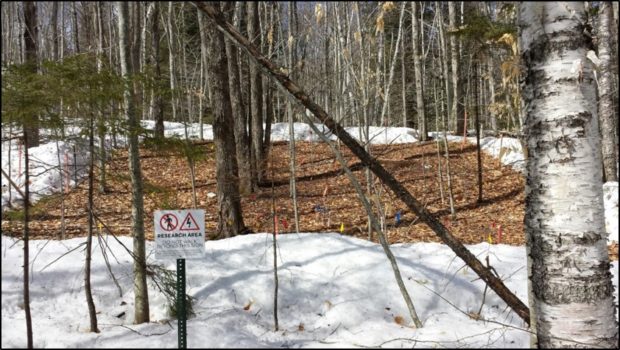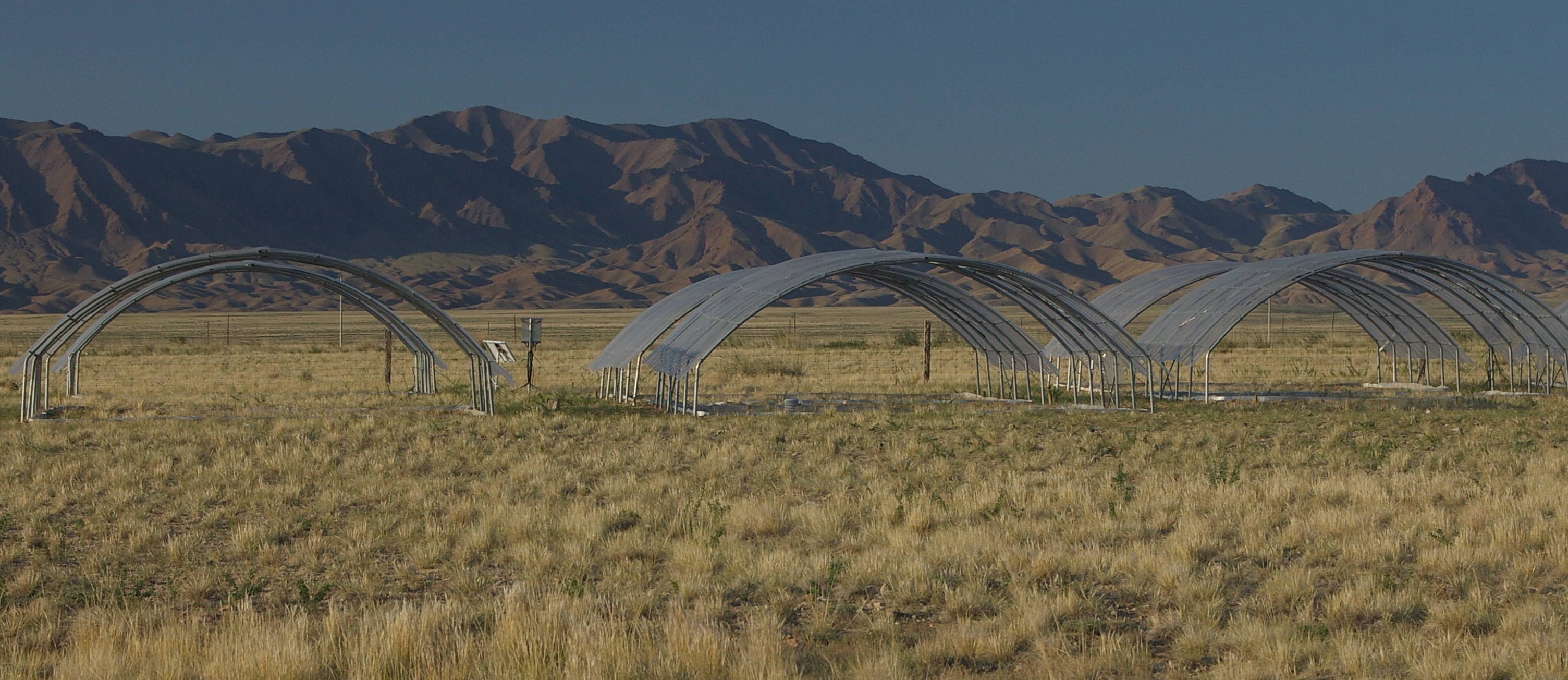Mimicking Climate Change
Pamela Templer can predict the future. Sort of.
An associate professor of biology at Boston University, she studies changes in the environment, like droughts and rising temperatures. But unlike much other climate research, many of Templer’s projections are not based on computer models. Instead, she studies real-world conditions created in small plots in the Hubbard Brook Experimental Forest in New Hampshire.

By blocking rain or heating the ground in her plots and comparing them with unmanipulated areas used as controls, Templer hopes to get an idea of how drought and seasonal changes will affect New England’s forests. The goal is to try to forecast future conditions as temperatures continue to rise: Last month was the hottest June on record, and 2016 looks to be the hottest year in recorded history.
Templer is one of many on-the-ground researchers doing these kinds of “global change experiments.” Unlike experimenters in other fields, she and other climate scientists like her are trying to understand the world not as it is now, but as it will be.
“Over the last, I’d say two to three decades there have been more and more of these (experiments),” she said. “Some mimic a future with higher temperatures, some mimic a future with higher carbon dioxide concentrations.”
One of Templer’s biggest experiments is called CCASE, for Climate Change Across Seasons Experiment. During the summer, she and her lab turn on a heated wire that snakes through her forest plots, raising the ground temperature by 5 degrees Celsius (9 degrees Fahrenheit), which is what the Northeast could see see by 2100. Then, in winter, they break out the shovels and remove layers of snow on some of the plots to simulate warmer weather. They have found that without snow to insulate the ground, the soil freezes much more quickly and much deeper even if the ambient temperature is higher.
While many climate scientists use statistical models to understand climate changes, those models require data to plug into a computer.
“All computer models have to be based on relationships — on mechanistic understanding of how the system works — which means you have to understand how all of those different systems do work,” said Alan Knapp, an ecologist at Colorado State University. That can be hard in ecology, not only because of the complexities of ecological systems, but also because historical data is often lacking.
Knapp’s research looks at drought in grasslands — specifically the fact that rainfall in many areas of the U.S. is expected to become much more sporadic, with huge bursts of rain all at once followed by long, dry stretches.
By using greenhouse-like structures, he and his team can block and collect rain over time, then release it all at once through a sprinkler system. He expected that to lead to less overall growth of vegetation, and in early experiments, mostly in Kansas, it did. But when he tried the same thing in Colorado, he found the exact opposite: Grasslands there actually grew more with more sporadic rain. The water was able to reach down farther in drier soils and evaporated less quickly. Knapp said that surprising result was the kind of thing he would have figured out only through this type of manipulated experiment.
Yiqi Luo, an ecologist at the University of Oklahoma, says that modelers and experimenters have traditionally been separate communities, but that they can learn the most when they work together.
Models are good at looking at larger patterns, while experiments focus on smaller questions with one or two variables — removing water, for example, or adding heat. Luo says the real power comes from plugging the experimental data into the models to make them more accurate, using the models to discern larger patterns, and then doing experiments to study those patterns more closely.
While it can be difficult to integrate those two types of research, he says, the process has come a long way in couple of decades.
“They are supposed to work together,” he said. “Each of them has their own strength and weakness, and when we can bring them together it makes them much stronger.”










